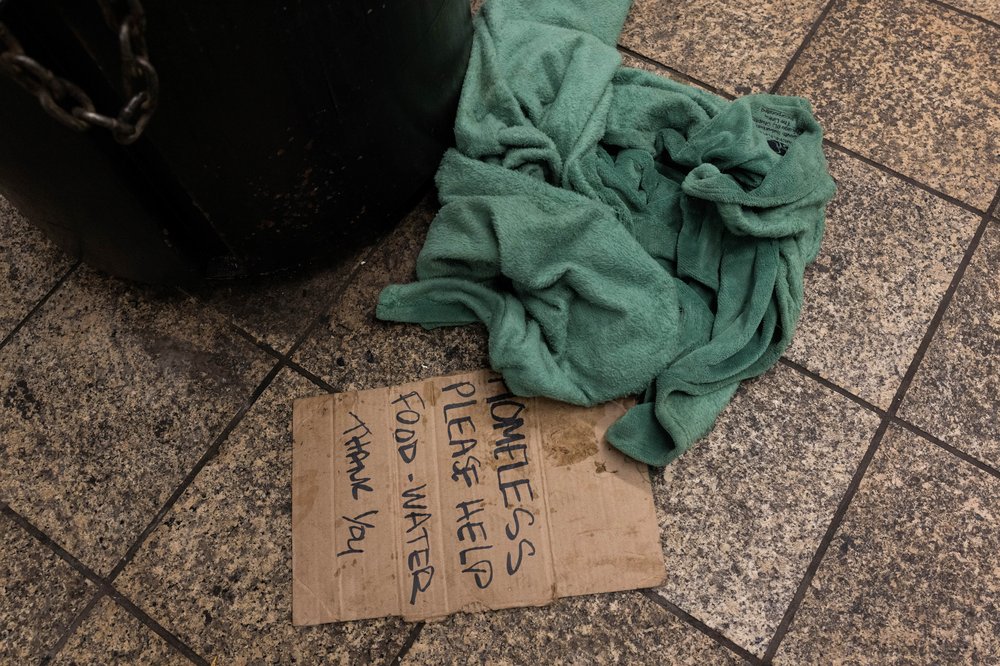Number of street homeless New Yorkers rises as city braces for federal funding cuts
July 3, 2025, 5:08 p.m.
The city released its annual count of street homelessness.

About 4,504 homeless New Yorkers slept in the street this year, a slight increase from the year before, according to new numbers released by the Adams administration on Thursday.
The Homeless Outreach Population Survey, or HOPE count, is a point-in-time tally of how many people slept on the subways, parks or outside on a single night in January.
The Department of Social Services, which oversees the count, said the number of street homeless individuals represents 3.5% of the city’s overall homeless population.
The city is required by federal law to count the number of homeless people who live on the street, separate from the homeless population residing in a shelter.
Unlike in other major cities, most homeless New Yorkers reside in shelters because of the city’s unique right-to-shelter law, which guarantees a bed to anyone who asks for one.
The survey comes as the number of asylum-seekers coming to the city is subsiding, but amid an increase in the non-migrant population living in shelters. According to a report by the Coalition for the Homeless, the number of non-migrant New Yorkers sleeping in shelters increased by 12% in 2024, compared to the year before.
On Thursday, House Republicans also gave final approval to Trump’s sweeping legislative agenda that will extend tax cuts and slash funding to food assistance programs and Medicaid.
City officials have warned that such rollbacks could push more people into homelessness and hunger.
The HOPE count was conducted Jan. 28, tallying 364 more people on the street than in 2024.
Even though more people are sleeping on the street, Department of Social Services Commissioner Molly Wasow Park said that the tally was a near record low proportion of the city’s total homeless population. Last year, about 3% of homeless New Yorkers slept outside. This year, it was 3.5%.
She pointed to the Adams administration’s efforts to curb street homelessness and move more people into temporary and permanent housing, amid a 1.4% vacancy rate of available apartment rentals.
“Despite the tremendous challenges confronting the city, from an unprecedented humanitarian crisis to a historic low in the housing vacancy rate, we remain steadfast in our efforts to reach every New Yorker in need and connect them to the services they deserve,” Park said.
DSS officials say the city’s shelter system has become a catch-all for the most vulnerable, even as federal and state funding has shrunk and more costs have shifted to the city.
About 43% of individuals discharged from state prisons and 1,000 people discharged from state psychiatric facilities were sent to a city shelter last year, the agency said.
But homeless advocates have long argued the count process is flawed because it often happens on the coldest day of the year and doesn’t account for people sleeping inside bank vestibules, fast food restaurants or emergency rooms.
A borough president with real teeth? NYC voters could decide. NYC hatches new 'clubhouses' for people with serious mental illness